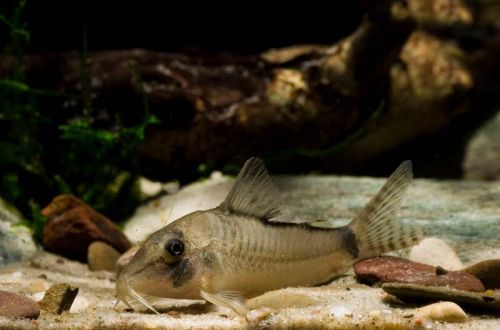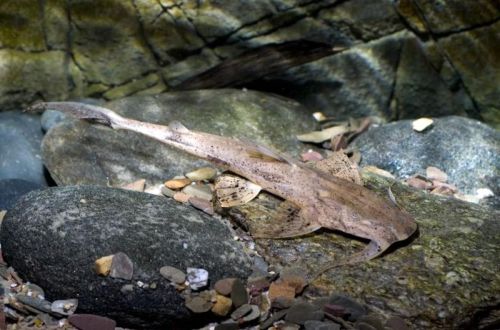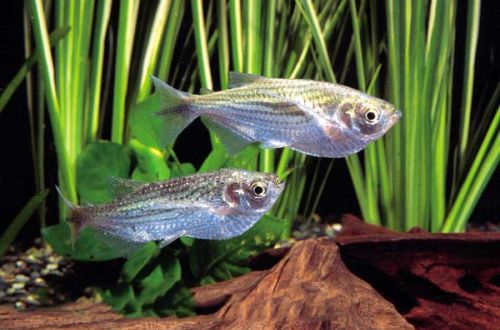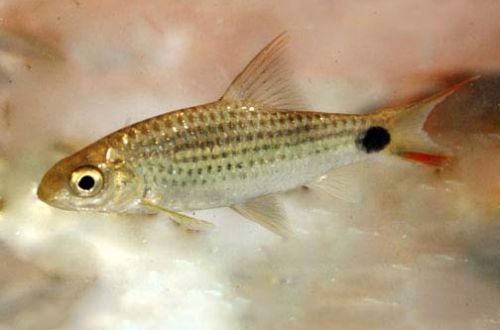
Corydoras simulatus
Corydoras simulatus, scientific name Corydoras simulatus, belongs to the family Callichthyidae (Shell or callicht catfish). The word simulatus in Latin means “imitate” or “copy”, which indicates the similarity of this species of catfish with Corydoras Meta, which lives in the same region, but was discovered earlier. It is sometimes also referred to as the False Meta Corridor.

The fish comes from South America, the natural habitat is limited to the vast basin of the Meta River, the main tributary of the Orinoco, in Venezuela.
Contents
Description
The color and pattern of the body can vary significantly depending on the specific region of origin, which is why the catfish is often mistakenly identified as a different species, while it is far from always similar to the Meta Corydoras mentioned above.
Adults reach a length of 6–7 cm. The main color palette is gray. The pattern on the body consists of a thin black stripe running down the back and two strokes. The first is located on the head, the second at the base of the tail.
Brief information:
- The volume of the aquarium – from 100 liters.
- Temperature – 20-25°C
- Value pH — 6.0–7.0
- Water hardness – soft or medium hard (1-12 dGH)
- Substrate type – sand or gravel
- Lighting – moderate or bright
- Brackish water – no
- Water movement – light or moderate
- The size of the fish is 6–7 cm.
- Food – any sinking food
- Temperament – peaceful
- Keeping in a group of 4-6 fish
Maintenance and care
Easy to maintain and unpretentious, it can be recommended to both beginners and experienced aquarists. Corydoras simulatus is able to adapt to a variety of habitats as long as it meets the minimum requirements – clean, warm water in the acceptable pH and dGH range, soft substrates, and a few hiding places where the catfish could hide if necessary.
Maintaining an aquarium is also not as difficult as keeping most other freshwater species. It will be necessary to replace part of the water weekly (15–20% of the volume) with fresh water, regularly remove organic waste (feed residues, excrement), clean the design elements and side windows from plaque, and carry out preventive maintenance of installed equipment.
Food. Being bottom dwellers, catfish prefer sinking foods, for which you do not have to rise to the surface. Perhaps this is the only condition that they impose on their diet. They will accept most popular foods in dry, gel-like, frozen and live form.
behavior and compatibility. It is one of the most harmless fish. Gets along well with relatives and other species. As neighbors in the aquarium, almost any fish will do, which will not consider Corey catfish as food.





